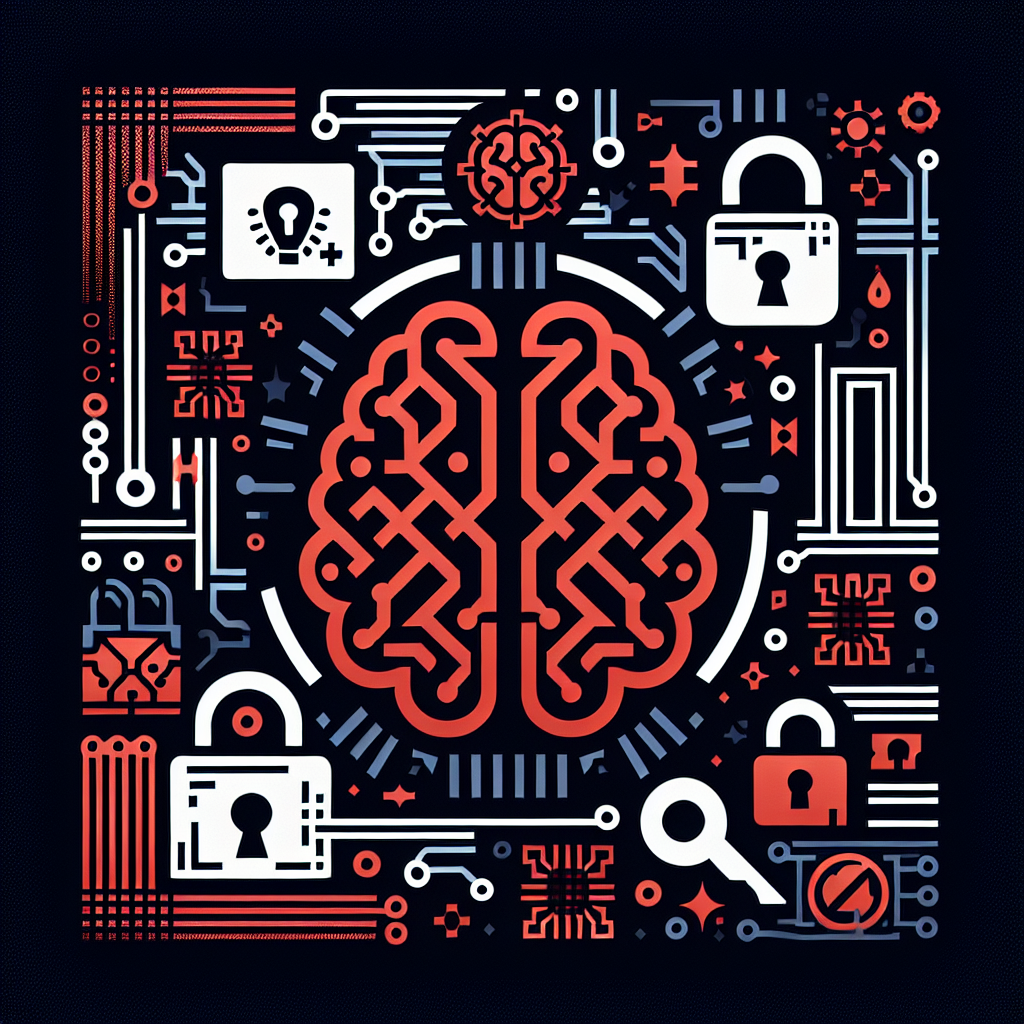Artificial Intelligence (AI) has revolutionized the way we interact with technology, from improving customer service to predicting market trends. However, while AI offers numerous benefits, it also poses significant risks, particularly when it comes to data breaches. In this article, we will explore the potential risks of AI-powered data breaches and provide insights on how organizations can mitigate these risks.
Understanding AI-powered data breaches
AI-powered data breaches occur when hackers exploit vulnerabilities in AI systems to gain unauthorized access to sensitive information. These breaches can have devastating consequences for organizations, including financial losses, reputational damage, and legal liabilities. There are several ways in which AI can be used to perpetrate data breaches, including:
1. AI-powered phishing attacks: Hackers can use AI algorithms to create highly convincing phishing emails that mimic the writing style of a trusted source, making it difficult for users to discern between legitimate and fraudulent emails. These emails may contain malicious links or attachments that, when clicked on, can compromise the recipient’s data.
2. AI-powered malware: AI can be used to develop sophisticated malware that can evade traditional security measures. For example, AI algorithms can be used to analyze network traffic patterns and identify vulnerabilities that can be exploited to infect systems with malware.
3. AI-powered social engineering attacks: Hackers can use AI to analyze social media data and other sources of information to create highly targeted social engineering attacks. By leveraging AI algorithms, hackers can craft personalized messages that are more likely to deceive the recipient into divulging sensitive information.
4. AI-powered data exfiltration: AI can be used to identify and extract sensitive information from large datasets quickly. Hackers can use AI algorithms to sift through vast amounts of data to find valuable information, such as credit card numbers or personal identification information.
Mitigating the risks of AI-powered data breaches
To mitigate the risks of AI-powered data breaches, organizations must implement robust security measures and best practices. Some key strategies include:
1. Implementing AI-specific security measures: Organizations must ensure that their AI systems are secure by implementing encryption, access controls, and monitoring mechanisms. Additionally, organizations should conduct regular security audits to identify and address vulnerabilities in their AI systems.
2. Training employees on AI security best practices: Employees are often the weakest link in an organization’s security posture. Organizations should provide comprehensive training on AI security best practices, such as how to identify phishing emails and how to secure sensitive information.
3. Conducting regular security assessments: Organizations should conduct regular security assessments to identify and address vulnerabilities in their AI systems. By proactively identifying and addressing security weaknesses, organizations can reduce the risk of AI-powered data breaches.
4. Collaborating with cybersecurity experts: Organizations should collaborate with cybersecurity experts to develop and implement effective security measures. Cybersecurity experts can provide valuable insights and guidance on how to secure AI systems and protect sensitive data.
5. Implementing a data breach response plan: Despite organizations’ best efforts to prevent data breaches, it is essential to have a robust data breach response plan in place. This plan should outline how to detect, contain, and mitigate the impact of a data breach quickly and effectively.
Frequently Asked Questions (FAQs)
Q: What are the potential consequences of an AI-powered data breach?
A: The potential consequences of an AI-powered data breach can be severe, including financial losses, reputational damage, and legal liabilities. Organizations that experience a data breach may face regulatory fines, lawsuits, and customer churn.
Q: How can organizations detect AI-powered data breaches?
A: Organizations can detect AI-powered data breaches by monitoring network traffic, analyzing user behavior, and implementing AI-powered security solutions. Additionally, organizations should conduct regular security assessments to identify and address vulnerabilities in their AI systems.
Q: What are some best practices for securing AI systems?
A: Some best practices for securing AI systems include implementing encryption, access controls, and monitoring mechanisms. Additionally, organizations should train employees on AI security best practices and collaborate with cybersecurity experts to develop effective security measures.
Q: What should organizations do in the event of an AI-powered data breach?
A: In the event of an AI-powered data breach, organizations should follow their data breach response plan, which should outline how to detect, contain, and mitigate the impact of the breach. Additionally, organizations should notify affected individuals and authorities as required by law.
In conclusion, AI-powered data breaches pose significant risks to organizations, but with the right security measures and best practices in place, these risks can be mitigated. By implementing robust security measures, training employees on AI security best practices, and collaborating with cybersecurity experts, organizations can protect their sensitive data and safeguard against AI-powered data breaches.

